July 12, 2024

We went out with Oncafari today for both the morning and evening. Oncafari is a Brazilian organization committed to preserving the wildlife of Brazil through research, education and eco-tourism. The chapter at Caiman is the original Oncafari project reflecting a partnership between Oncafari and Casa Caiman to protect jaguars. Their very first habituated jaguar they named Espiranza which means hope. At first no one believed they could do it, but then the day came when Espiranza no longer disappeared when the safari vehicle drove up. (They habituate the jaguars to the vehicles, not people.) As she had cubs, they were also habituated and the male she hung out with gradually became used to the jeeps as well.
Oncafari was also the first to reintroduce jaguars to the wild that had been orphaned as cubs. A mother jaguar had carried her two babies across the river (first one and then the other). However, she was quite exhausted afterwards and carried them up to a tree for safety. Unfortunately, the tree was right in front of a house. They called for help and the vet gave the mother too much tranquilizer and she fell out of the tree into the river and drowned. The two babies would normally have been taken to a zoo or refuge and lived out their days in captivity, but Oncafari requested to try reintroducing them to the wild.
They fenced off an enclosure which was a mini Pantanal and kept human contact to a bare minimum so they would not become habituated to humans. They gradually introduced live prey to see if the cubs could learn to hunt. Once they were able to hunt a peccary, they were deemed ready to live in the wild. They were adults by this point. They opened the gates and in less than an hour they made their way to freedom. They were collared so they could keep track of how they were doing. The one who had not taken the initiative hunting in captivity did the best at first and caught a peccary her first week in the wild. The better hunter, however, only caught egrets at first. They were worried they would have to return her to the enclosure, but then she began to hunt also. She had also hooked up with a male jaguar right away.
We were excited to begin our safari for the morning.

Although jaguars were the focus for today, we enjoyed other animal sightings as well. We began with a jabiru stork burdened with a huge load of sticks for its nest.
It struggled to take off at first, but eventually soared away.
A great black hawk, sometimes called the Brazilian eagle, was walking carefully searching for food.

Then it was time to begin the hunt. Oncafari has about 6 collared jaguars they are tracking at Caiman. The collars emit a GPS signal two times a day to get their general area, but they also give off a radio signal. The long straight antennae on the jeep pings when within 2 kilometers and then they switch to a different hand-held directional antenna which will direct you to the direction the jaguar is in. As you can see, we got a ping, so Natalia is trying to see what direction the jaguar is in.

We set off in the direction of the jaguar, stopping briefly at a water hole to watch a bare-faced ibis and some wood storks.
We also saw a crested caracara. It was also searching for food on the ground instead of from a perch.
The jaguar we were tracking was wandering further away and would be difficult to find, so we made the decision to return to Kwara's kill. On the way through the pastures, we spotted some Pampas deer and rhea, but hurried by on our way to see Kwara.

As we approached Kwara's kill site, we met a herd of cows running away and saw vultures hanging out in the trees. Both were a good sign that Kwara was nearby.


Sure enough as we approached, Kwara emerged from the bush.

She headed towards the carcass with a very full belly and then walked right past to find a new resting spot.
As Kwara rested out of sight, the cows grew brave (or foolish) and decided to venture back.
That didn't last long though.
Kwara again passed by the carcass, heading to a new place to rest.
The cattle approached again, so she got back up and returned to her earlier resting spot, spooking them in the process.
She decided to indulge in a nice roll in the grass.
We decided to head out and use the rest of the morning to see what other animals we could spot.
Nearby a red-legged seriema perched in a tree.

We took more time to admire the rhea and Pampas deer.
There were some black and gold howler monkeys huddled together far off in the trees. The males are black and the females are gold. They did not like the cold and were moving even less than usual. Howler monkeys are probably the least energetic monkey as they only eat leaves which don't have much energy.



At a waterhole, we spied a kingfisher.

and a cattle tyrant perched on top of a capybara. The bird gets its name because in addition to capybara, it likes to hang around cattle. It will snatch up flies or other insects that land on them. It will also hang out on the ground when they are grazing hoping they will stir up tasty insects.

Another great black hawk was again searching the ground for food.

A laughing falcon was on the look out for snakes. It gets its name because when startled it's call sounds like laughter. It is also called a snake hawk (even though it is not a hawk) because its favorite prey is snakes. It will even eat the deadly coral snake. It flies down and attack them right below the head, often taking the head off completely so the snake is unable to inject its venom.

If you listen closely, you can hear its call around the people talking. Also, notice how its head is bobbing. Remember when you go wildlife watching there is often value in silence so you can appreciate the experience with all your senses.
As we neared the lodge, we saw another anteater (or perhaps the same one).

Something spooked it and it took off running, escaping into the brush.
Finally, we saw more capybaras grazing.

On the way to lunch, we saw a southern lapwing.

After lunch, we met again with Oncafari. This time we headed first to their offices to learn more about the program. We saw a wall of all the jaguars that have been seen at Casa Caiman.

They had skeletons of the jaguars and maned wolves. These are the two most advanced of their many animal conservation projects. We will see the maned wolf later at the Cerrado.
In addition to the radio collars, they also use camera traps to track the movements of the collared and uncollared jaguars.
They have annual capture programs where they capture the jaguar, tranquilize it, and collar or replace collars and take blood and DNA samples. They then let the jaguar go. This has not affected the jaguars habituation to the cars.
Even with the DNA samples, they have so far been unsuccessful in identifying the fathers of the cubs. (Females mate with many males and two cubs in the same litter could have different fathers). They have hired a specialist though who will look at the DNA in a different way and they are hopeful to get more definitive results. Right now, they sometimes take a guess based on their rosettes. Although each jaguar has a unique rosette pattern, there are similarities with siblings and mothers and cubs which makes it likely there is a genetic element to the patterns.
They have learned many things about the jaguar including that they are not purely nocturnal as once thought. In areas where they feel safe, they roam about during the day, but do sleep during the hotter portions of the day. They also are not completely solitary. There were two brothers who continued to hang out together even when they left the mother. Female jaguars will often let another female share a kill rather than fighting with her (although they are not thrilled with each other and will growl and posture.)
So far we had seen a lot of jaguars, but had yet to see a tapir and an ocelot. The guides warned me that both of these animals were very rarely seen. Although Oncafari has begun a tapir project at Caiman as well, it is still in its infancy. The collars won't work - they just slide off. They are trying earrings instead, but they catch and become dislodged as well. We were going to do our best though once it got dark. Tapirs and ocelots are both nocturnal.
We couldn't believe our luck, when the first animal we spotted was a tapir! It was still early (around 3:00) and the sun was shining. Not only that, but it didn't dart off into the bushes right away. It took its time grazing even though it could clearly hear and see our safari jeep.
However, when a second jeep pulled up, it got spooked and took off into the woods.
After that once-in-a-lifetime experience, we carried on.
We could clearly see the black collar that the black-collared hawk is named for.

This grey-necked wood rail, stayed behind the grasses in the water hole.

This pair of birds is likely a species of guan, but I am not sure what kind.

Then we learned that there was a new cow carcass. What made this unusual was that three jaguars were sharing it. The main two are Carai and her current mate, Stapino, but they allowed another jaguar to feed on their carcass as well.
When we arrived, we just saw Stapino. He stayed near the bushes going in and out.
It wasn't long before Carai joined him. They greeted each other and then he moved over to the carcass while she investigated something in the grass.

Here is Karai.
Here is Stapino.
Notice the difference in the pattern on the face. I used the picture I took on the jaguar wall (Stapino wasn't there) to tell them apart.

He got up for a bit, perhaps to check on Carai.
But soon returned to his dinner.

We repositioned the truck to the other side to see better with the spotlighting.
We eventually had to leave so we wouldn't be late for the special barbecue. On the way, we saw another tapir! This one was much more skittish and quickly disappeared into the night.

We did get some good views of the reliable crab-eating fox. I think we saw them every night on safari except in Porto Jofre.
We were one of the last jeeps to arrive for the outside dinner. There was meat barbecuing on the grill with many delicious sides.
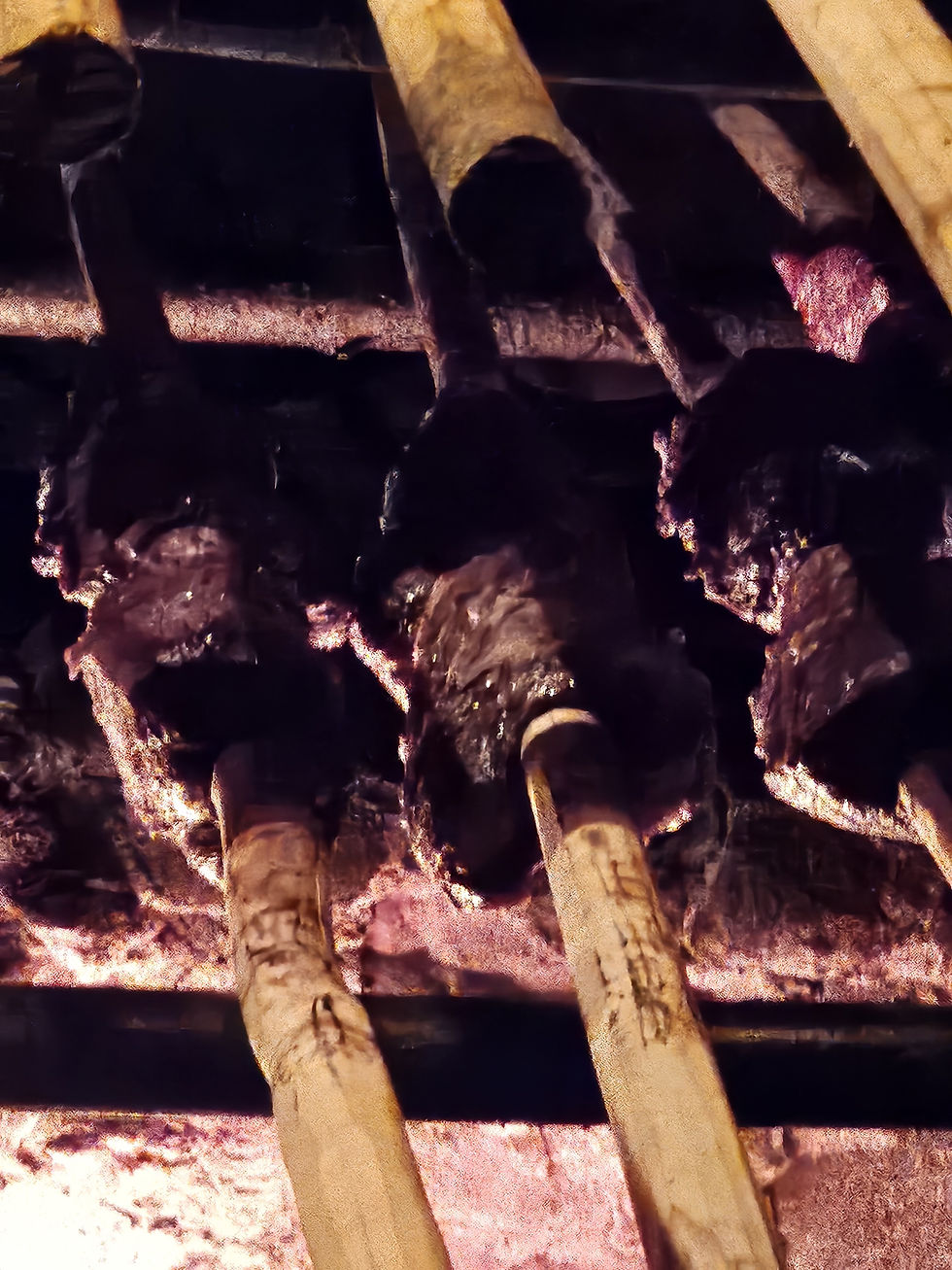
They circulated with the skewers of meat like at Texas de Brazil. There was music and it was fun, but very, very cold. For dessert, we had a sugar cane candy that was delicious.











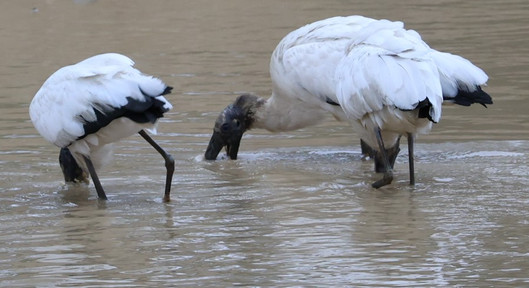





























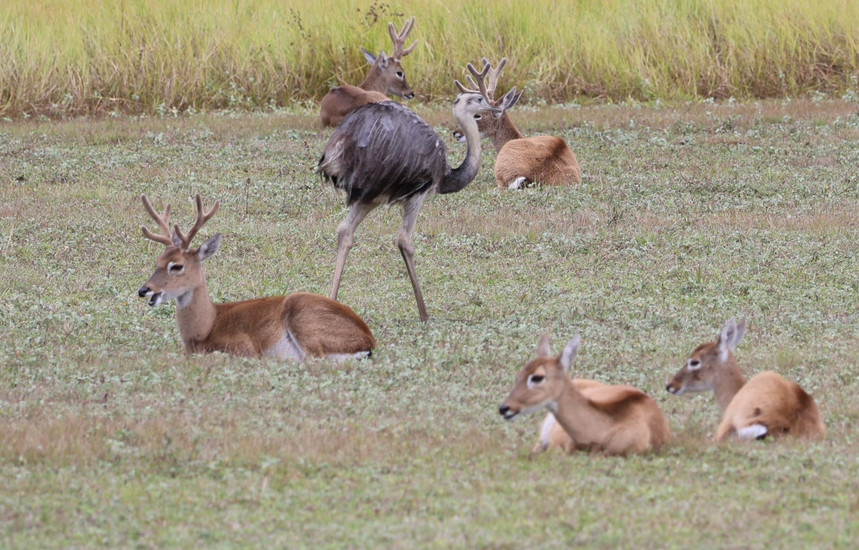











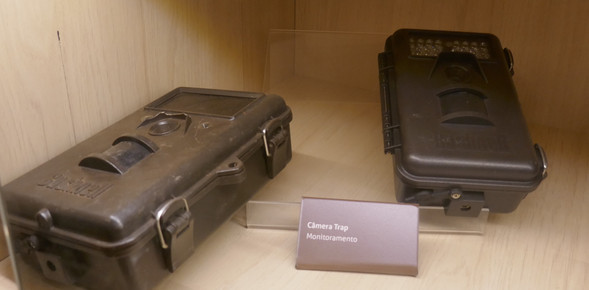






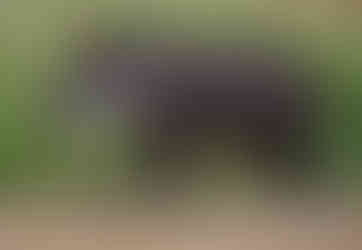

















































Comments